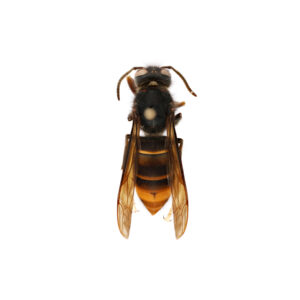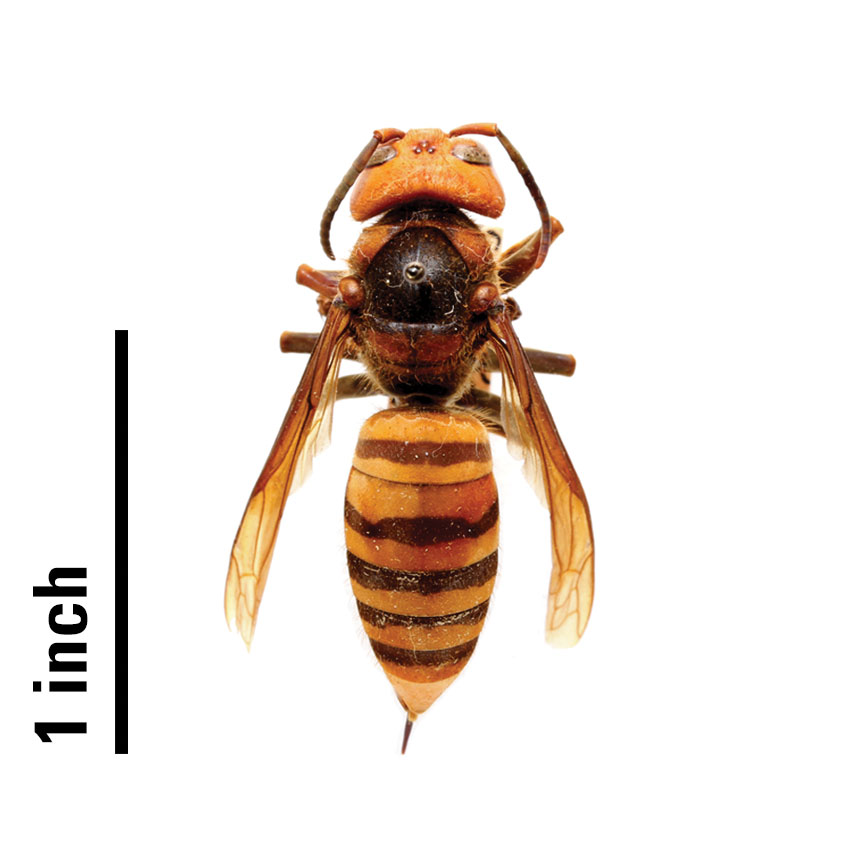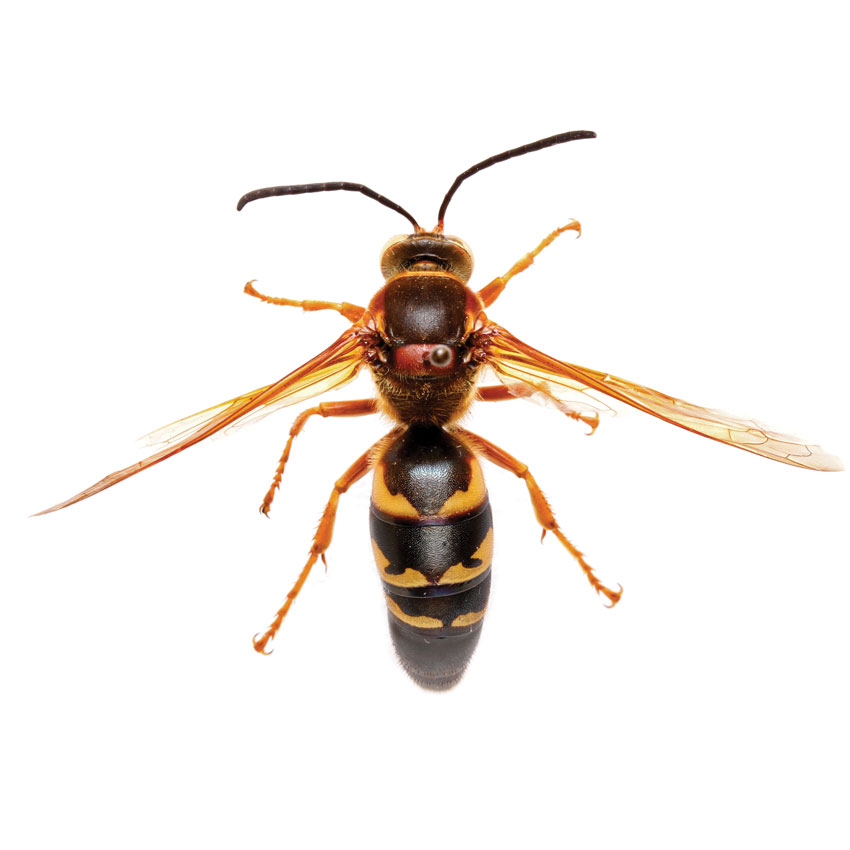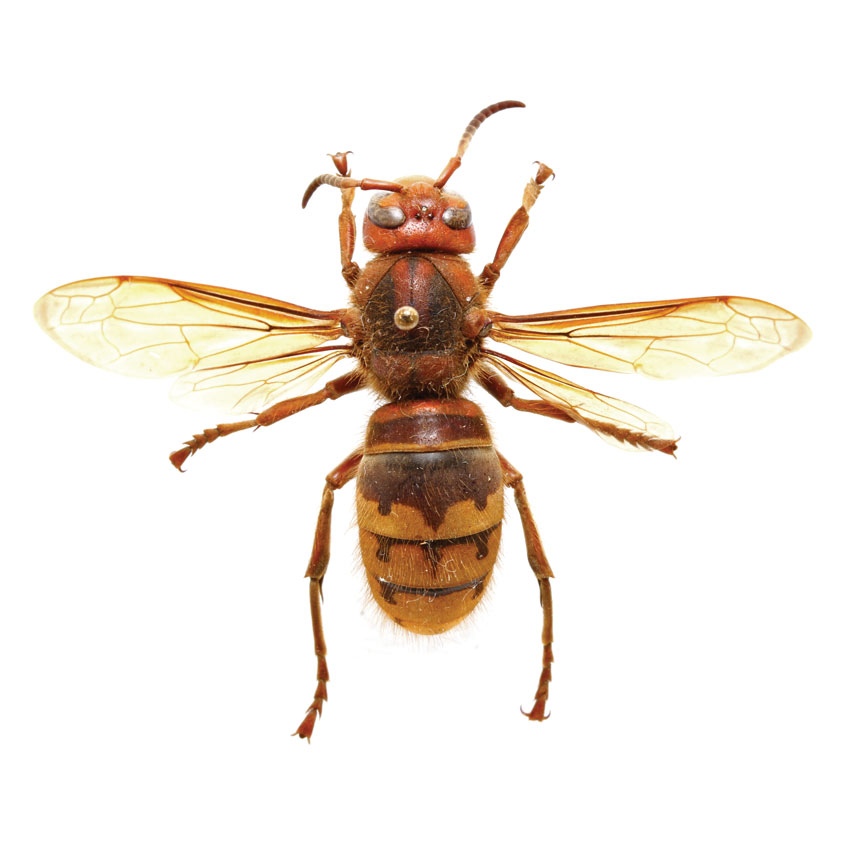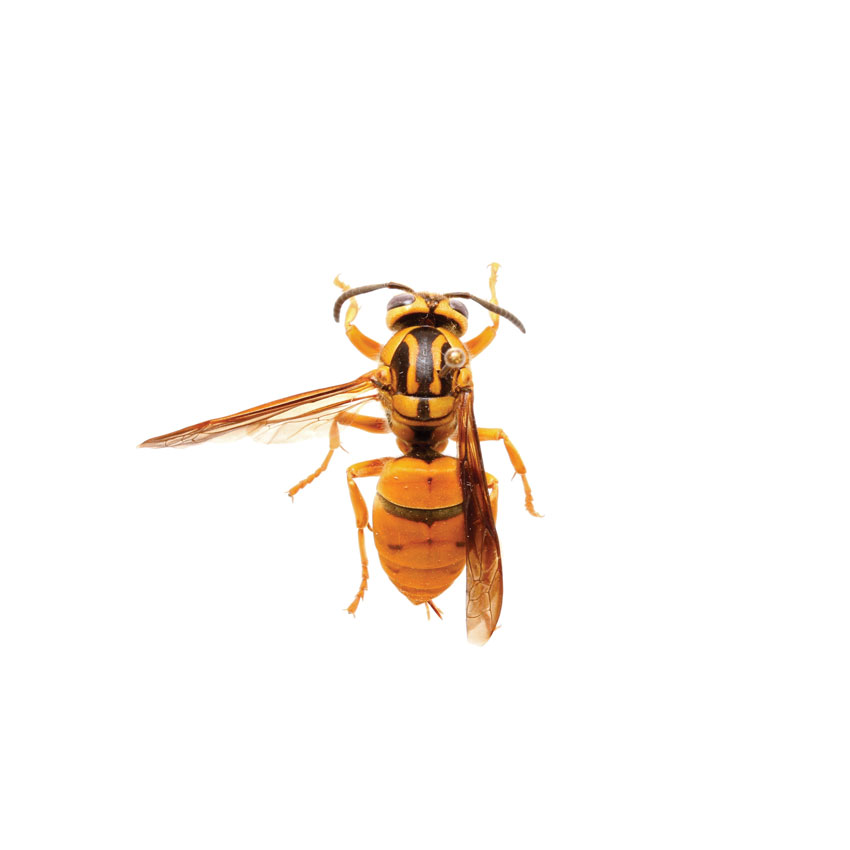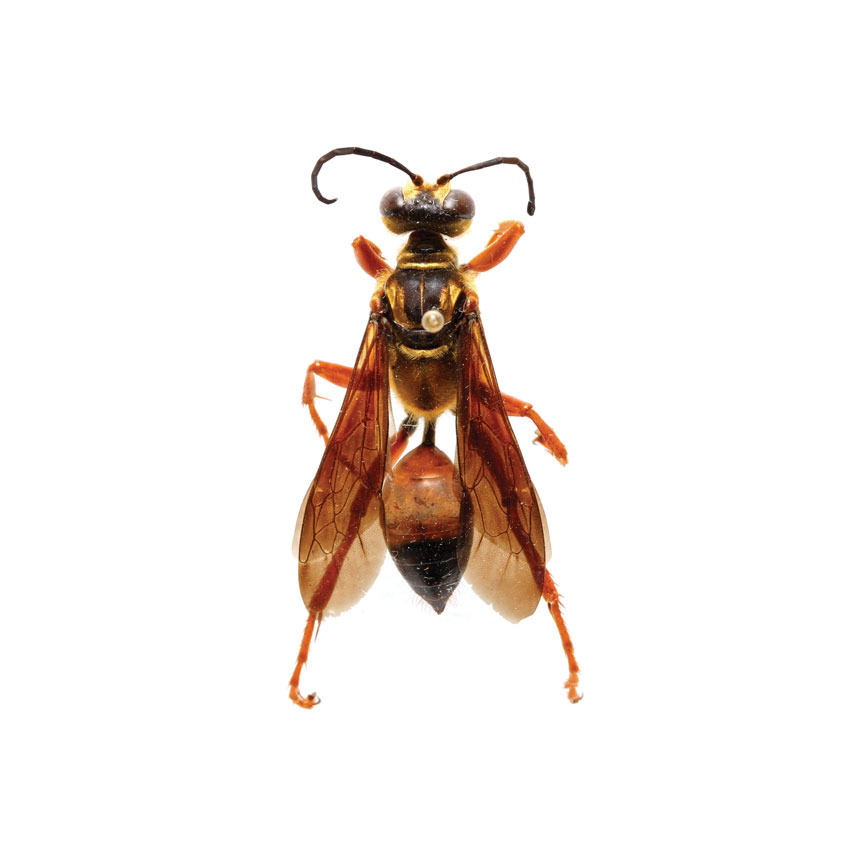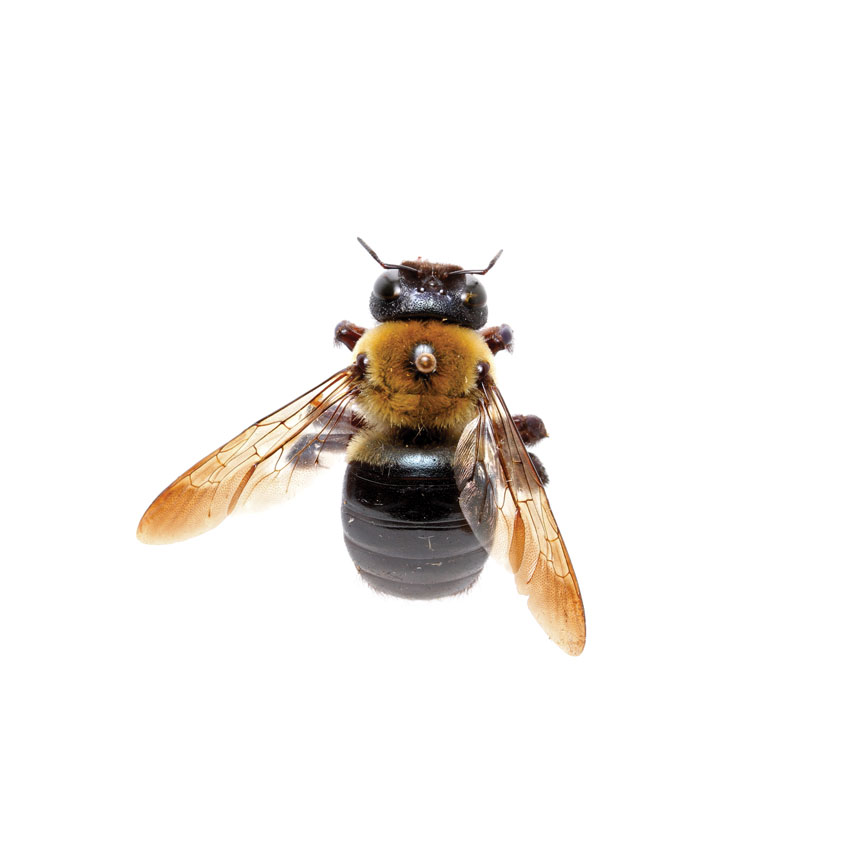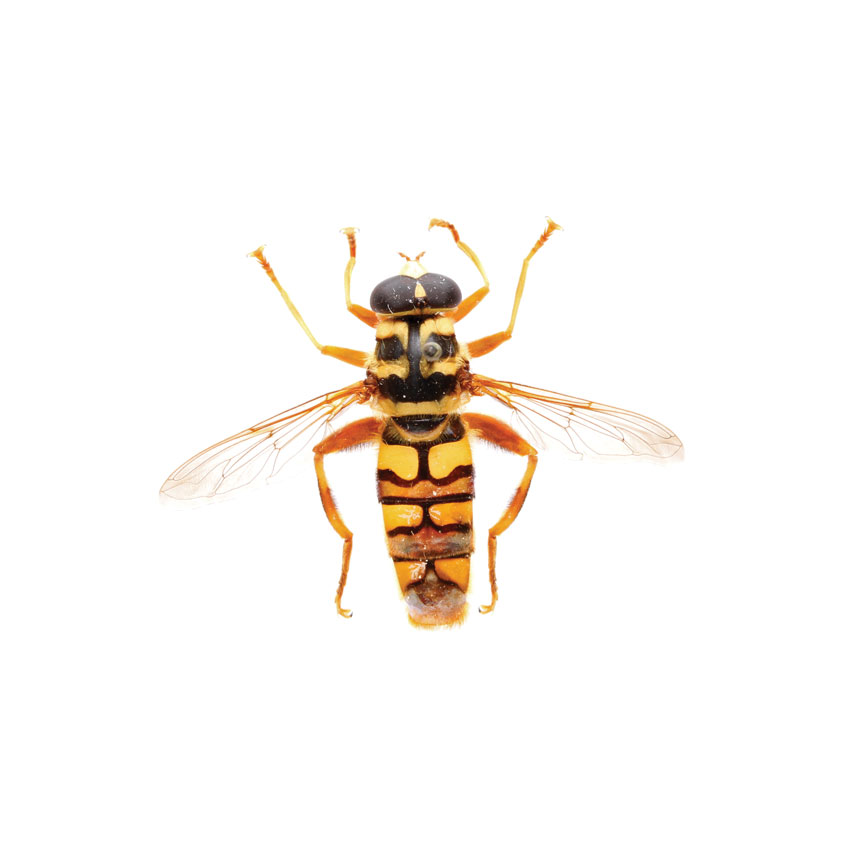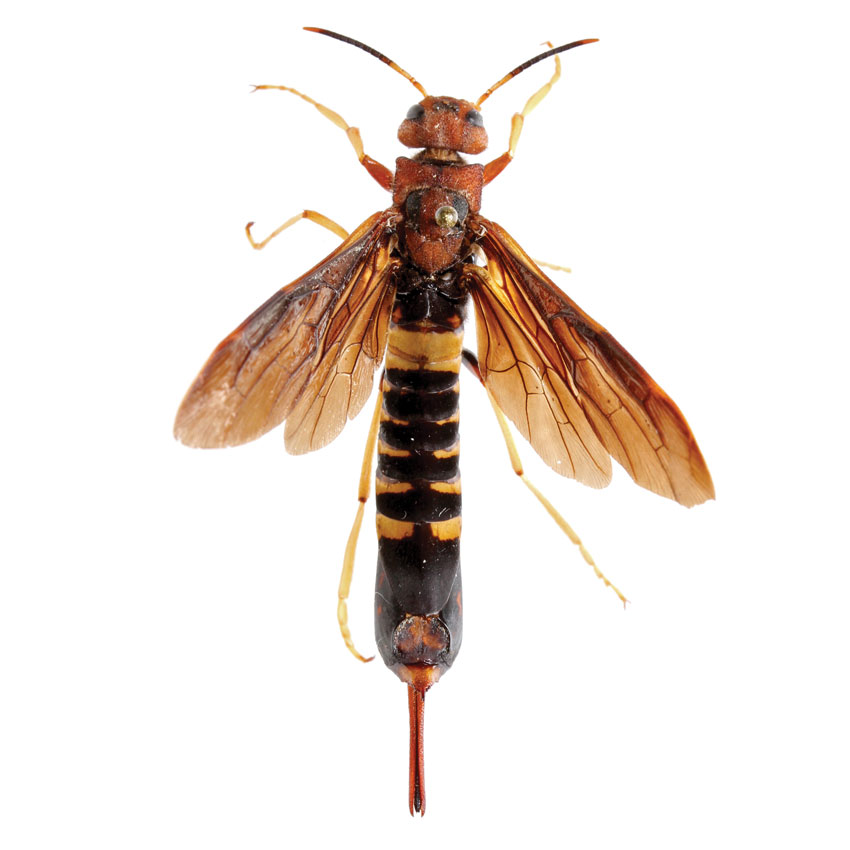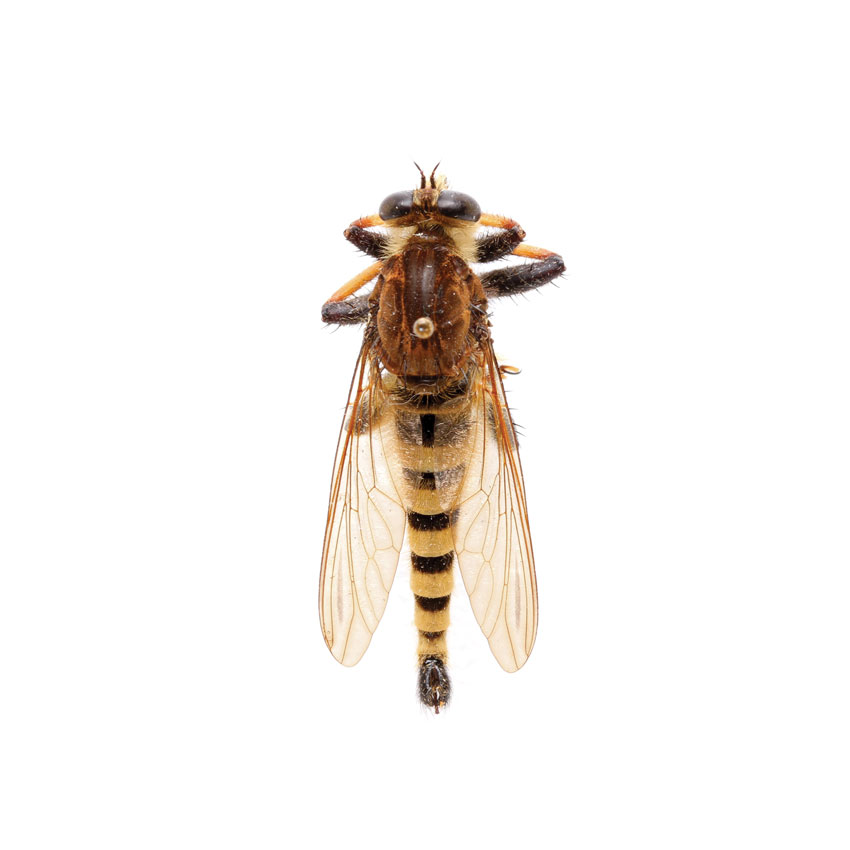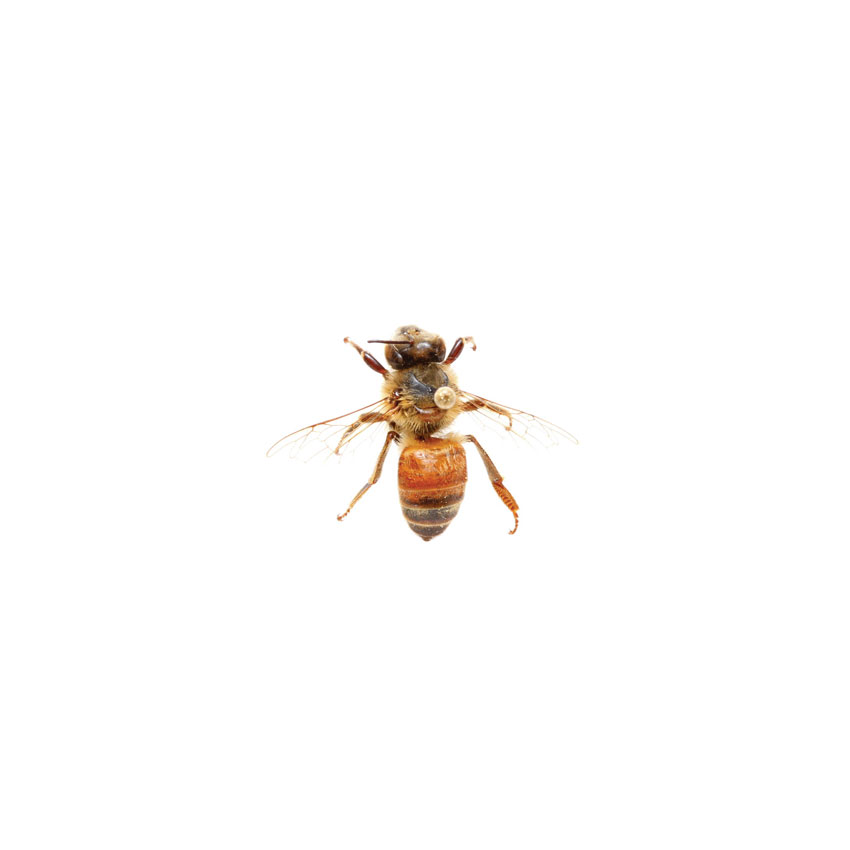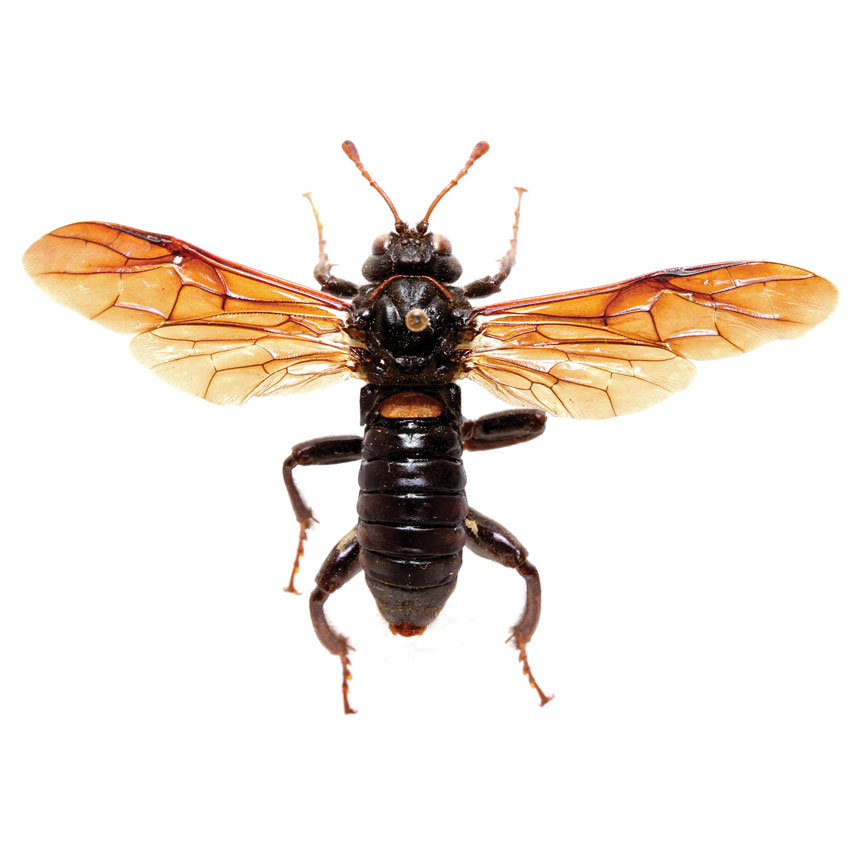A Visual Guide to Northern Giant Hornets and Similar Insects
go.ncsu.edu/readext?694808
en Español / em Português
El inglés es el idioma de control de esta página. En la medida en que haya algún conflicto entre la traducción al inglés y la traducción, el inglés prevalece.
Al hacer clic en el enlace de traducción se activa un servicio de traducción gratuito para convertir la página al español. Al igual que con cualquier traducción por Internet, la conversión no es sensible al contexto y puede que no traduzca el texto en su significado original. NC State Extension no garantiza la exactitud del texto traducido. Por favor, tenga en cuenta que algunas aplicaciones y/o servicios pueden no funcionar como se espera cuando se traducen.
Português
Inglês é o idioma de controle desta página. Na medida que haja algum conflito entre o texto original em Inglês e a tradução, o Inglês prevalece.
Ao clicar no link de tradução, um serviço gratuito de tradução será ativado para converter a página para o Português. Como em qualquer tradução pela internet, a conversão não é sensivel ao contexto e pode não ocorrer a tradução para o significado orginal. O serviço de Extensão da Carolina do Norte (NC State Extension) não garante a exatidão do texto traduzido. Por favor, observe que algumas funções ou serviços podem não funcionar como esperado após a tradução.
English
English is the controlling language of this page. To the extent there is any conflict between the English text and the translation, English controls.
Clicking on the translation link activates a free translation service to convert the page to Spanish. As with any Internet translation, the conversion is not context-sensitive and may not translate the text to its original meaning. NC State Extension does not guarantee the accuracy of the translated text. Please note that some applications and/or services may not function as expected when translated.
Collapse ▲The following are some insects that might be confused for the Northern giant hornet (also referred to in the media as the “murder hornet”), which is not in North Carolina at this time. As of this writing, they have only been confirmed in the Pacific Northwest.
Extension still receives numerous calls and emails about the topic, so we’ve compiled more details about the Northern giant hornet.
 You can also try our Interactive Guide
You can also try our Interactive Guide
Be careful when assuming that the large wasp you found in North Carolina is a “murder hornet.”
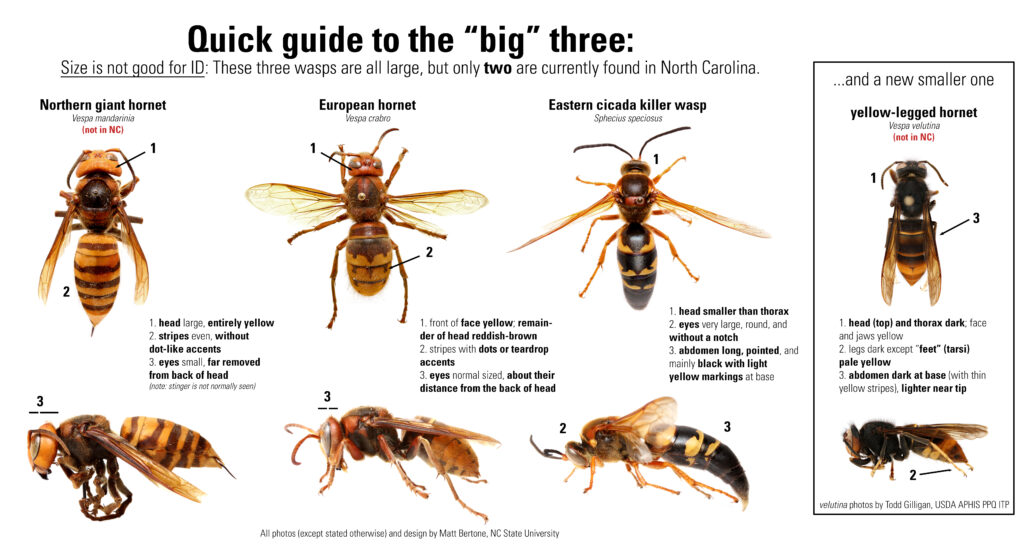
In August 2023, another invasive hornet was found in the state of Georgia. There is no evidence that the yellow-legged hornet (Vespa velutina) is in North Carolina, but it has been added to this page for reference.
Please note: The following insects are native or long established in North Carolina and many surrounding states. Proper identification is crucial, as many of these species are beneficial to our environment and it’s often not necessary to kill these insects.


